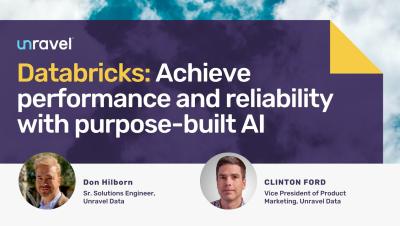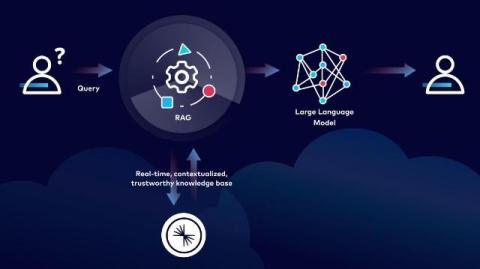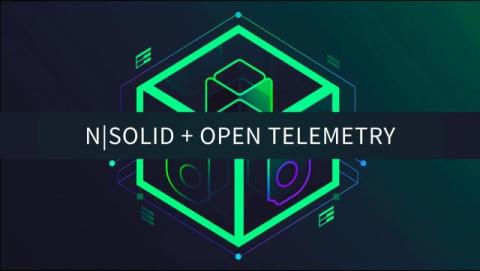Yellowfin 9.12 Release Highlights
Yellowfin 9.12 is an extensive release that incorporates a large number of bug fixes, additional data connectors, and customer requested enhancements. The biggest changes in this release focus on Export and Broadcast capabilities. Yellowfin already boasts exceptional reporting capabilities, and 9.12 adds additional features and performance improvements in this area. Yellowfin also has the ability to connect to just about any source of data.











